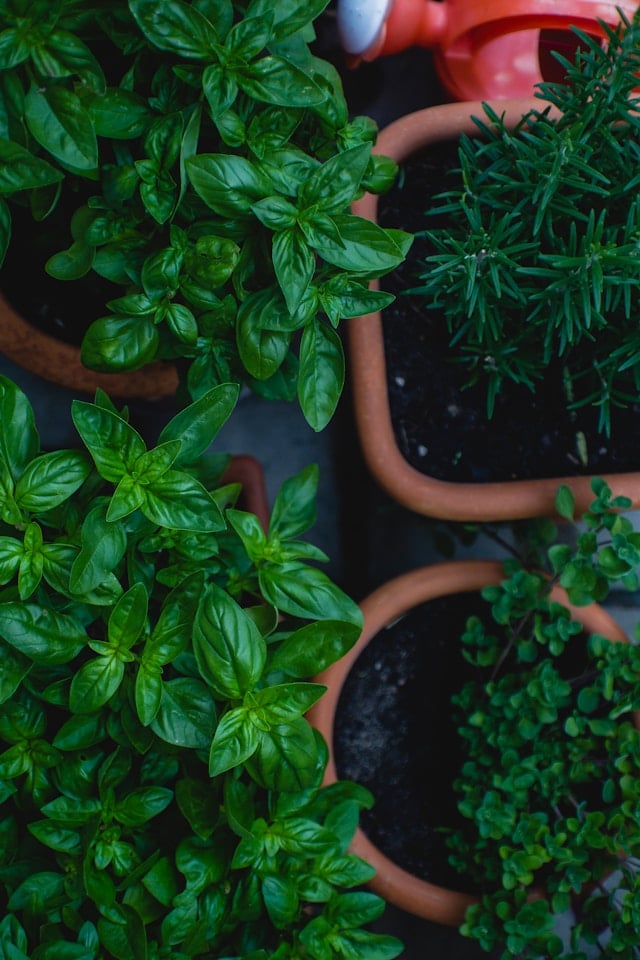How to Incorporate Smart Plant Sensors for an Automated Indoor Garden?

In this fast-paced, technologically driven world, even the soothing hobby of gardening is seeing the integration of smart technologies. By incorporating smart plant sensors in your indoor garden, you can monitor and control various aspects crucial for plant growth. From water level to soil humidity, light exposure to temperature, everything can be measured, monitored, and managed using these sensors. This article will guide you on how to use these smart systems and sensors effectively.
Understanding Smart Plant Sensors
Before we dive into the practicalities of incorporating smart plant sensors, we need to understand what they are and what they do. These sensors, or systems, are devices designed to keep track of the conditions necessary for plant growth. By interfacing with your smartphone or computer, they can inform you about the state of your garden, even when you’re miles away.
A lire en complément : What Are the Best Design Techniques for a Small Home Library with a Rolling Ladder?
Smart plant sensors measure various parameters – soil humidity, water level, light exposure, temperature, and nutrient levels. These data points are crucial in determining the health of your indoor plants and ensuring they have the right conditions to grow optimally.
The use of sensors in gardening is not an entirely new concept. Greenhouse management systems have been using sensors for years to control the environment and ensure optimal growth conditions. However, the advent of cheaper and more user-friendly sensors has made it possible for indoor gardeners to use this technology at home.
Cela peut vous intéresser : How Can You Achieve a Rustic Farmhouse Look in a City Apartment?
Choosing the Right Smart Plant Sensors
Now that you have a fundamental understanding of smart plant sensors, the next step is to choose the right ones. The market is flooded with various types of sensors, and choosing the right ones can be overwhelming.
When choosing a sensor, it’s important to consider the types of plants you’re growing, their specific needs, and your personal requirements. For instance, if you’re growing succulents or cacti, a sensor that measures soil moisture and warns you against overwatering would be beneficial.
Likewise, if you’re growing plants that require specific light exposures, a sensor with a light meter could be beneficial. If you’re new to indoor gardening or simply have a busy schedule, sensors with watering reminders can be of significant help.
Remember, the key here is to choose a sensor that aligns with your gardening goals and needs. It’s better to start with a few basic sensors and gradually add more as you understand your garden’s requirements better.
Setting Up Your Smart Plant Sensor System
Once you’ve chosen the right sensors for your indoor garden, the next step is setting them up. The setup process can vary with different sensors, but there are some common steps that you’ll need to follow.
Firstly, position the sensors appropriately. Most smart plant sensors are probe-based, meaning they need to be inserted into the soil. Make sure they are placed near the roots of the plant for accurate readings.
Secondly, connect the sensors to your smartphone or computer. Most sensors come with an accompanying app that needs to be installed. Once installed, the sensor can be connected to the device using Bluetooth or Wi-Fi.
Lastly, configure the sensor settings as per your plants’ needs. Most smart sensor systems allow you to set thresholds for the various parameters. When any parameter crosses the set threshold, the system triggers an alert.
Using the Data From Your Smart Plant Sensors
Once your sensors are set up and running, they will start generating a wealth of data about your garden. But having this data is of no use if you don’t know how to interpret it.
If the system alerts you about low soil humidity, for example, it might be time to water your plants. If the light exposure is too low, you might need to move your plants to a spot where they get more light.
Some advanced systems can even suggest watering schedules or changes in lighting conditions based on the data they collect. This can be extremely useful, especially for those new to gardening, who may not yet have a feel for their plants’ needs.
Automating Your Indoor Garden with Smart Plant Sensors
With the basic understanding of selecting, setting up, and using your smart plant sensors, the final step is to explore how you can automate your indoor garden using these sensors.
Smart plant sensors can be integrated with other smart home devices to create an automated gardening system. For instance, you can connect your sensors to smart water sprayers or irrigation systems. When the soil humidity drops below a certain level, the system can automatically trigger the water sprayer.
Similarly, smart lights can be used to ensure your plants get the right amount of light. If the sensor detects low light exposure, it can automatically turn on the smart lights to supplement the natural light.
In essence, smart plant sensors not only provide insight into your indoor garden’s condition but also give you the tools to create an optimal environment for your plants to thrive. Through automation, they take the guesswork out of gardening, allowing you more time to enjoy the fruits (and flowers) of your labor.
Operating Your Smart Indoor Garden: Real-Time Monitoring and Maintenance
After understanding the installation and configuration of smart plant sensors, you are now equipped to smoothly operate your automated indoor garden. These smart devices combine plant care with technology, bringing your indoor gardening to the next level.
One of the key features of smart plant sensors is real-time monitoring. Through your smart device, you can have a real-time update of the conditions in your indoor garden, whether it’s the soil moisture, temperature humidity, light intensity, or water level. This constant monitoring allows you to react promptly if there’s a drastic change in any of these parameters.
For instance, if the soil moisture sensor indicates extremely low levels, you can immediately water your plants to prevent them from drying out. If the temperature humidity sensor gauges that the environment is too hot or too cold, you can adjust your indoor temperature accordingly. The ability to monitor and react in real-time is a significant advantage of a smart garden.
These smart sensors also enable preventive maintenance. By regularly checking the sensor data from your smart indoor garden, you can predict potential problems and take action before they become serious. This could include something as simple as adjusting the water pump if the water level in the water tank is consistently low, or increasing light intensity if your plants are not getting enough light.
Conclusion: Embracing the Future of Indoor Gardening
In a nutshell, the integration of smart plant sensors in your indoor garden is a game changer. These devices take indoor gardening from a manual task to an automated process, providing you with more time to enjoy the beauty of your indoor gardens instead of worrying about their upkeep.
From monitoring critical parameters like soil moisture, water level, temperature humidity, and light intensity, to automating processes like watering, these sensors revolutionize plant care. The data from plant sensors not only helps you make informed decisions about your indoor garden’s needs but also enables you to predict and prevent potential problems.
As we step into the future, technologies like smart plant sensors will play a pivotal role in making indoor gardening more accessible and enjoyable. So, embrace this technology, and let it guide you in nurturing your indoor garden to its full potential. After all, the health and beauty of your indoor garden is a testament to your passion and dedication. And with smart gardening techniques, this hobby can turn into a seamlessly managed, rewarding experience.
